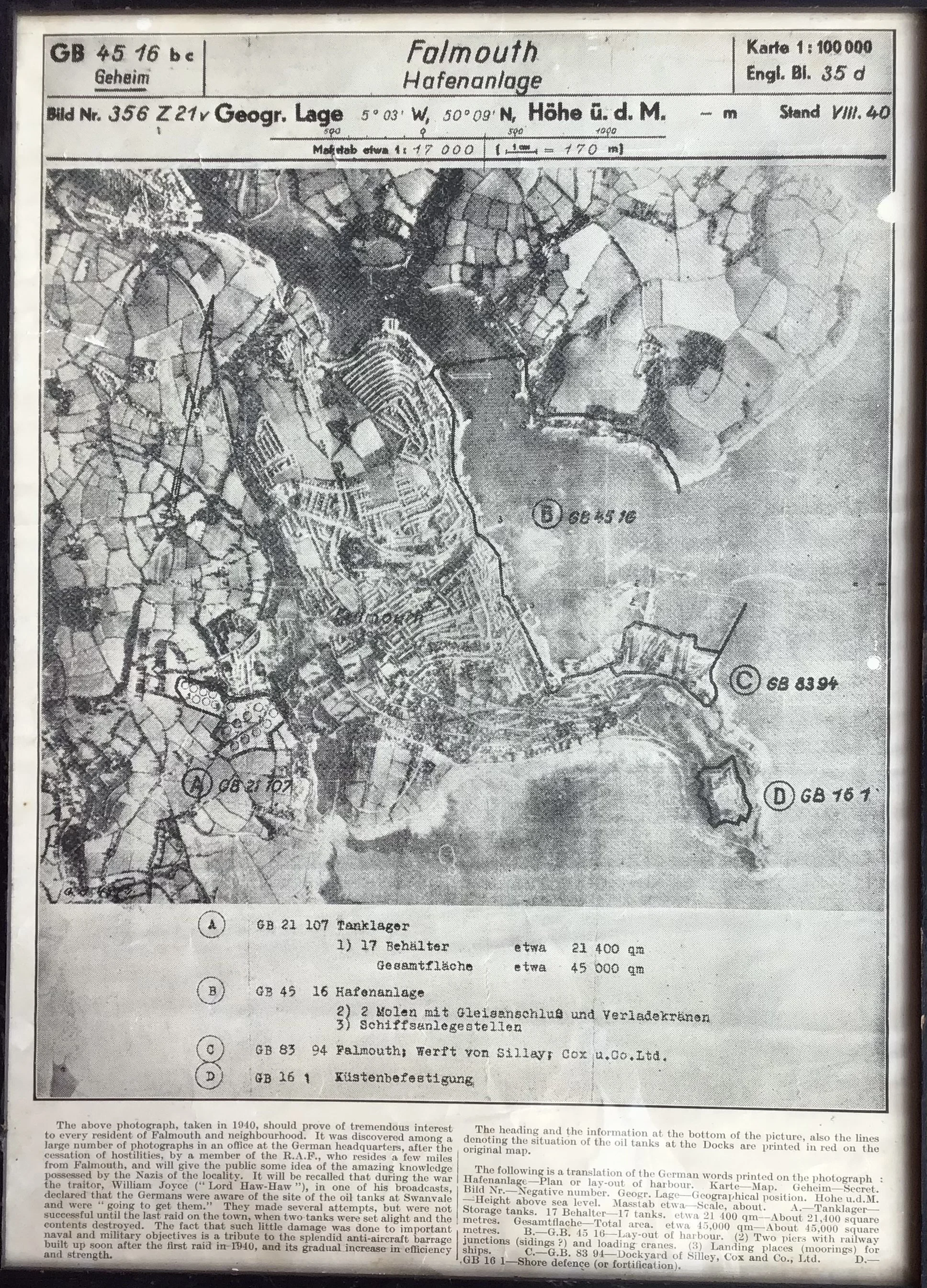A NEW CORNISH NOVEL: THE WRITING PROCESS
I am often asked how novelists go about crafting a complex story, using just words, from a blank computer screen. The answer is that every writer works differently, but there is much in common between us and much that also applies to other creative endeavours…film making, painting, landscape design, and so on. There is also much that is very different in each art form.
The structure and much of the content of my first novel, INVASION, was driven by historical research– the invasion of Norway on the 9th of April 1940 and the central bank’s plan to remove Norway’s gold reserves before the German’s arrived. But a historical account is not a novel, far from it. So, the novel writing process needs many other ingredients, not least the writer’s ability to use imagination to bring characters to life and to plot events that may never (possibly) have happened. All of this – history and imagination – then needs to be structured to create a cohesive story.
Some writers plan the whole novel in advance and then plot it, chapter by chapter, in some detail, on a large spreadsheet of some sort. This helps to ensure that effects follow causes and that the writing process is efficient. Other writers have a conceptual idea of the story and only a bare outline of the plot. They then start writing and, in a crude sense, ‘see what happens.’ This can be justified by events in real life…the future is unknown and all of life is, in a way, ‘see what happens.’
INVASION fell slightly more than most novels into the second method. It was an historical novel, heavily researched to give the story its framework, but once the penultimate lorry had left the central bank on its way to Lillehammer, everything that followed was invented, much of it emerging simply as I wrote; ideas appeared from nowhere because I was writing buried in the world I had created.
Falmouth, the second novel: here is a copy of a newspaper cutting inherited from my grandfather, who lived in Falmouth all his life.
An aerial view of Falmouth harbour taken by a German aeroplane in 1940. The Docks were constantly a bombing target, though many bombs fell into the sea or onto residential areas, with 31 people killed, 91 injured and many houses damaged.
In researching my second novel, I discovered that Falmouth docks were started by a company called Silley Cox and Co, a fact I vaguely knew about from my grandfather, Reginald Cox. Silley Cox is mentioned on the penultimate line of the small print at the bottom of the image above. The company was established by two men, one of whom, Joseph Goodenough Cox, was the brother of my great great grandfather, Samuel. Samuel was himself a local dignitary and established the ship chandlery and hardware business owned by my family until it was eventually sold at some point in my late childhood. How tempting to bring some of this into the story! But no: Joseph died in 1906, and he was not quite relevant to events in WW2. Except, who knows, he could quite reasonably appear as a portait in the boardroom of the docks company in 1940? And my grandfather? He served in WW1 and was trained in coastal defence at Pendennis Castle, and was a military policeman, again based at the castle, during WW2. Maybe he could appear in passing? One or two people I knew did so in INVASION, though I hope you would never know unless you read the Author’s Note, where you might find out about some of the real-life characters, but not all.
There are no strict rules in writing a novel. A novel is an invention. What we call history is, in fact, just past events which have been documented or where evidence suggests what may have happened, with varying degrees of certainty. But what about the countless events and people unrecorded by documented history? People whose footprints in the sand are washed away in the next high tide? You would never know about them, but their lives and the events that took place around them could quite reasonably be imagined by the novelist. Just a hint from history is all that is needed to set the novelist off into a story so, in the end, we are not quite sure what was real and what was not.
